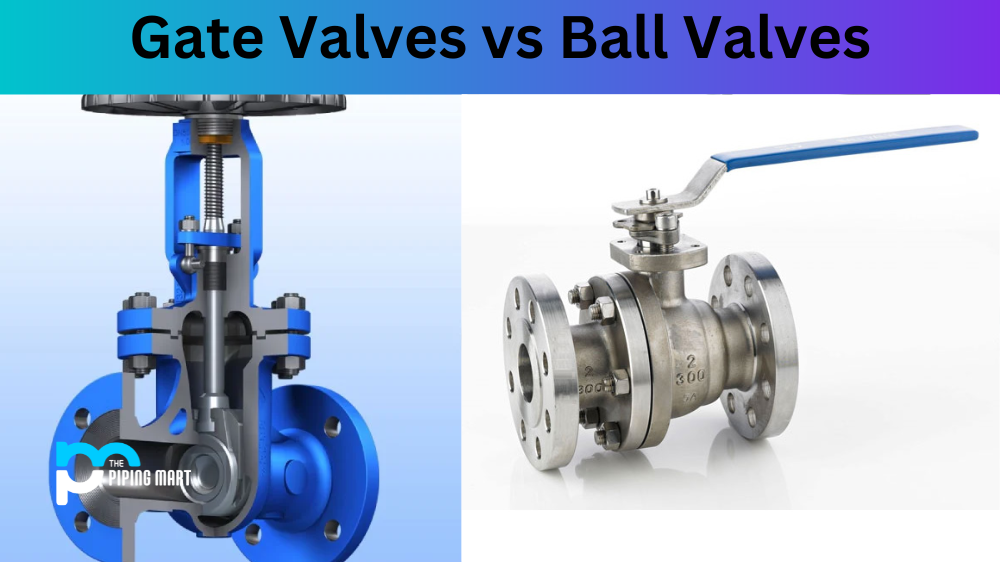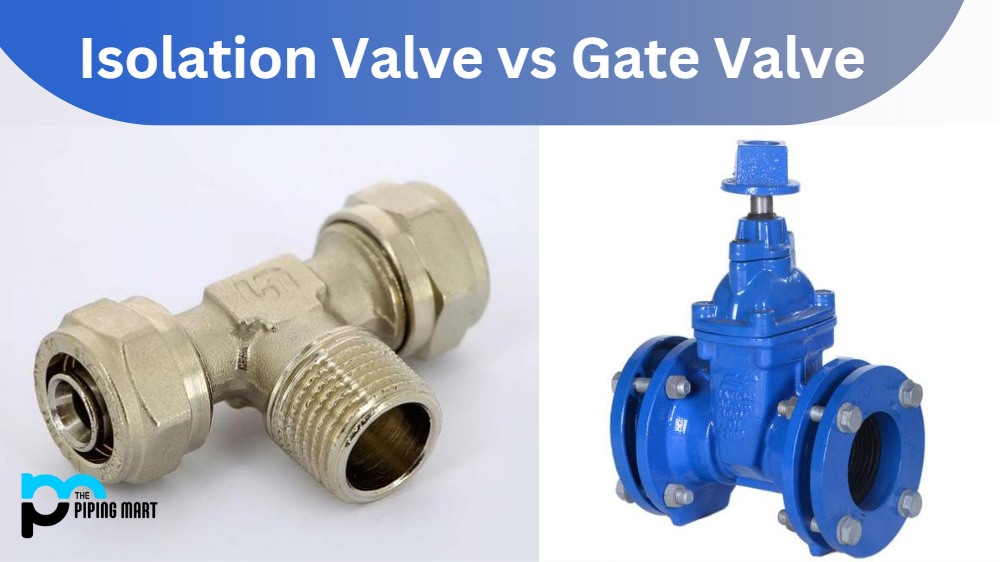Chrome is widely used in many industries, offering many benefits like durability, corrosion resistance, and aesthetic appeal. Chrome plating and hard chrome are two primary methods of chroming surfaces. Although they both involve depositing chromium onto a surface, they differ significantly. This blog will dive into hard chrome vs chrome plating details and determine which is best for your application.
What is Chrome Plating?
Chrome plating (also known as traditional or decorative chrome) is a process that applies a thin layer of chromium onto a substrate surface using an electrolytic solution. The result is a decorative, glossy, and reflective coating that improves the object’s visual appeal. Chrome plating is commonly used for auto parts, home goods, and other decorative applications that require an aesthetically pleasing finish. However, it’s less durable than hard chrome, making it unsuitable for industrial applications.
What is Hard Chrome?
Hard chrome plating (also known as industrial chrome) is an electroplating process that creates a thick layer of chromium onto a substrate material. The result is a durable and lustrous finish with excellent wear, abrasion and corrosion resistance. Unlike decorative chrome, hard chrome is not meant for aesthetic purposes but for improving the performance and lifespan of industrial equipment such as hydraulic cylinders, machine components, and turbine blades. It is also used for repairing and rebuilding worn-out parts.
Difference Between Hard Chrome and Chrome Plating
Application Process
The application process for hard chrome and chrome plating is different. Chrome plating requires a cleaner, electroplating solution applied to a substrate via immersion. On the other hand, hard chrome is applied layer by layer, using a direct current power supply and a chrome solution. It takes longer to apply hard chrome than traditional chrome, but the result is a much thicker, more durable, and long-lasting surface.
Cost
Regarding cost, chrome plating is typically more affordable than hard chrome. This is because the process is simpler and requires fewer materials and equipment. However, it’s worth noting that chrome plating offers a different level of durability and protection than hard chrome. So, while it may be cheaper initially, it can cost more in the long run due to the need for frequent replacements and repairs.
Which One to Choose
The choice between hard chrome and chrome plating depends on several factors, including the application, the level of wear and tear, the environment, and the budget. If you need a decorative finish with good aesthetic appeal, chrome plating may be the way to go. However, hard chrome is the clear winner for industrial applications requiring durability, wear resistance and corrosion protection. Hard chrome can withstand extreme conditions and heavy usage, saving you money in the long run by reducing the need for frequent repairs and replacements.
Conclusion
Hard chrome and chrome plating are two different methods of applying chromium onto a substrate surface. While chrome plating is suitable for decorative purposes, hard chrome is best for industrial applications that require durability and wear resistance. Although hard chrome is more expensive, it offers excellent long-lasting performance, saving you money in the long run. Choosing hard chrome and chrome plating depends on your specific application needs and budget. We hope this blog has given you a better understanding of the differences between these two methods and which one is right for you.

Meet Bhavesh, a seasoned blogger with a wealth of knowledge and experience. From metal products manufacturing to retail, Bhavesh has a diverse background in various industries and is dedicated to sharing his insights and expertise with readers.




